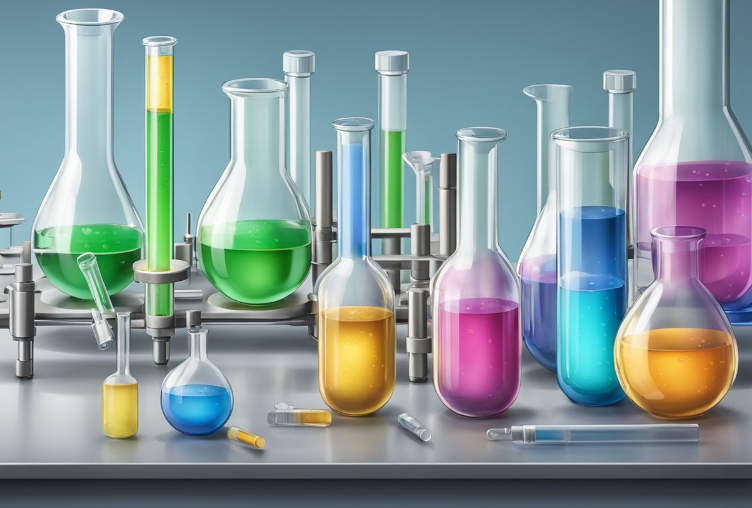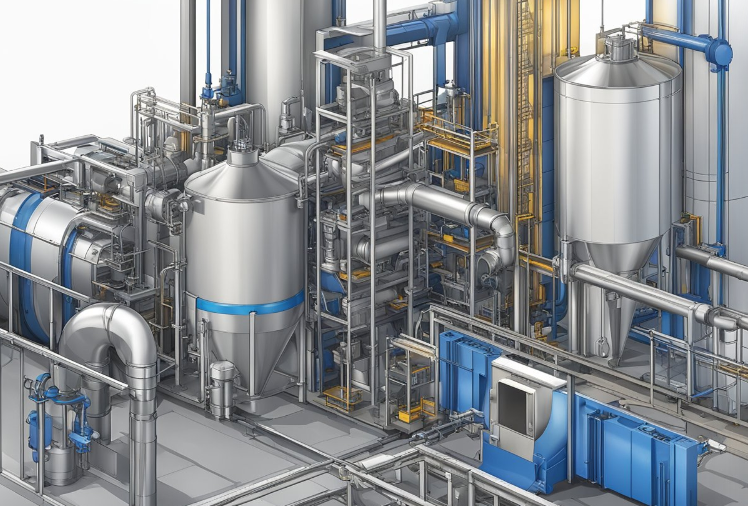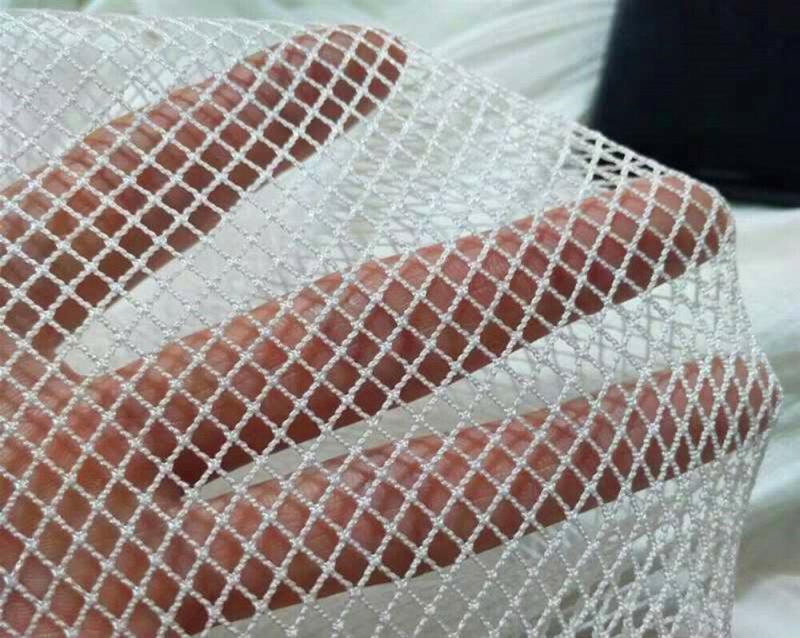What Are the Long-Term Effects of Lead Stabilizer in PVC Products?
15/05/2024
Polyvinyl chloride, commonly known as PVC, is a versatile synthetic polymer widely used in various industries due to its durability, chemical resistance, and cost-effectiveness. However, PVC is susceptible to degradation when exposed to heat, light, and certain chemicals over time. To enhance its stability and prolong its lifespan, stabilizers are added during the manufacturing process. These additives help maintain the integrity of PVC products by preventing degradation and maintaining their mechanical properties. Among the various types of stabilizers, Lead Stabilizer in PVC has played a significant role historically, although their usage has declined due to environmental and health concerns.
Exploring Lead Stabilizers
1.1 Composition and Functionality
Lead stabilizers are chemical compounds containing lead, typically in the form of lead salts or organolead compounds. These additives serve as heat stabilizers, imparting thermal stability to PVC during processing and in-service use. Lead stabilizers function by forming complexes with PVC molecules, inhibiting the degradation reactions that occur when PVC is exposed to heat and other environmental stressors. Through their interaction with PVC chains, lead stabilizers help maintain the structural integrity and mechanical properties of PVC products, such as pipes, window profiles, and cable insulation.
1.2 Interaction with PVC Molecules
Lead stabilizers interact with PVC molecules through coordination bonds, where lead ions coordinate with electron-rich sites on the polymer chain. This coordination prevents the propagation of degradation reactions, such as dehydrochlorination, which can lead to the formation of double bonds and chain scission in PVC. By stabilizing the polymer chains, lead stabilizers inhibit the formation of hydrochloric acid (HCl) and other degradation products, thereby preventing discoloration, embrittlement, and loss of mechanical strength in PVC products.
1.3 Advantages and Limitations
Lead stabilizers offer several advantages, including high efficiency, low cost, and excellent heat stability, making them suitable for a wide range of PVC applications. However, their usage has declined over the years due to growing concerns about the environmental and health impacts of lead exposure. Lead is a toxic heavy metal that can accumulate in the environment and pose risks to human health, particularly in children and vulnerable populations. As a result, regulatory restrictions and consumer preferences have prompted the industry to seek alternative stabilizer systems with lower environmental and health risks.
Historical Context of Lead Stabilizers
2.1 Widespread Usage
Lead Stabilizer in PVC has been widely used in PVC processing since the mid-20th century, primarily due to their effectiveness, availability, and low cost. During this period, lead-based stabilizers dominated the market, accounting for a significant portion of PVC stabilizer formulations. Manufacturers, such as CHEMBROAD, relied on lead stabilizers to meet the growing demand for PVC products in construction, automotive, and other industries.
2.2 Environmental and Health Concerns
Despite their widespread use, lead stabilizers have been associated with environmental pollution and adverse health effects. The production, use, and disposal of PVC products containing lead stabilizers can result in the release of lead compounds into the environment, where they can accumulate in soil, water, and air. Human exposure to lead can occur through inhalation, ingestion, or dermal contact, leading to neurological, developmental, and other health problems. Concerns about lead pollution and its impact on human health have led to regulatory actions, such as bans or restrictions on lead-based stabilizers in certain applications and regions.

2.3 Transition to Alternatives
In response to regulatory pressure and market demands for safer and more sustainable solutions, the PVC industry has been gradually phasing out lead stabilizers in favor of alternative formulations. Non-toxic stabilizer systems, such as calcium/zinc, tin, and organic-based stabilizers, have emerged as viable substitutes for lead stabilizers in many applications. These alternative stabilizers offer comparable performance in terms of heat stability and processing characteristics while reducing the environmental and health risks associated with lead exposure. Additionally, advancements in PVC processing technology and formulation have contributed to the development of more efficient and environmentally friendly stabilizer systems.
Navigating Environmental and Health Concerns
3.1 Leaching and Environmental Impact
Lead Stabilizer in PVC products can pose significant environmental risks due to the potential for lead leaching into the surrounding ecosystem. Over time, lead can migrate from PVC materials into soil, water, and air through processes such as weathering, abrasion, and degradation. Once released into the environment, lead can accumulate in sediments, bioaccumulate in aquatic organisms, and ultimately enter the food chain, posing risks to both wildlife and humans. Prolonged exposure to lead-contaminated environments can lead to adverse effects on ecosystem health and biodiversity.
3.2 Human Health Implications
Exposure to lead, whether through ingestion, inhalation, or dermal contact, can have serious consequences for human health. Lead is a neurotoxin that can impair cognitive function, affect behavior, and cause developmental delays, particularly in children. Chronic exposure to low levels of lead has been linked to cardiovascular disease, kidney damage, and reproductive problems in adults. Vulnerable populations, such as pregnant women and young children, are especially susceptible to the harmful effects of lead exposure. Therefore, reducing human exposure to lead from PVC products is essential to protecting public health.
3.3 Case Studies and Concerns
Several studies have raised concerns about the environmental and health impacts of Lead Stabilizer in PVC products. Investigations into lead contamination in soil and water near PVC manufacturing facilities or disposal sites have revealed elevated levels of lead, posing risks to local communities and ecosystems. Additionally, studies have found that lead leaching from PVC pipes can contribute to lead contamination in drinking water, particularly in older buildings with corroded plumbing systems. These findings underscore the need for regulatory action and the adoption of alternative stabilizer technologies to mitigate the risks associated with lead exposure.
Regulatory Developments and Alternatives
4.1 Regulatory Actions
In response to growing concerns about lead exposure and environmental pollution, regulatory agencies worldwide have implemented measures to restrict or phase out the use of lead stabilizers in PVC products. These actions include bans on lead-based stabilizers in certain applications, such as children’s toys and packaging materials, as well as limits on lead content in consumer products. Regulatory frameworks, such as the European Union’s REACH regulation and the United States’ Toxic Substances Control Act, aim to reduce the use of hazardous substances like lead in manufacturing processes and promote safer alternatives.
4.2 Shift towards Alternatives
The PVC industry has responded to regulatory pressures and consumer demands by transitioning towards alternative stabilizer systems that offer comparable performance while posing fewer environmental and health risks. Calcium-based stabilizers, such as calcium/zinc and calcium organic stabilizers, have emerged as popular substitutes for lead stabilizers in PVC applications. These stabilizer systems provide effective heat stability and processing characteristics without the toxicity of lead. Tin-based stabilizers, including organotin compounds, have also gained traction as alternatives to lead stabilizers, although concerns about their environmental persistence and toxicity remain.
4.3 Advantages of Alternative Stabilizers
Alternative stabilizer technologies offer several advantages over lead-based stabilizers, including improved environmental compatibility, reduced toxicity, and compliance with regulatory requirements. Calcium-based stabilizers are non-toxic and biodegradable, making them suitable for applications where environmental sustainability is a priority. Tin-based stabilizers exhibit excellent heat stability and compatibility with PVC resins, enabling their use in a wide range of processing conditions. By embracing alternative stabilizer systems, manufacturers can meet regulatory standards, address environmental concerns, and safeguard public health.
Future Outlook
5.1 Research and Development
The future of lead stabilizers in PVC hinges on ongoing research efforts to develop safer and more sustainable stabilizer alternatives. Manufacturers like CHEMBROAD are investing in research and development to innovate new formulations that offer improved performance while minimizing environmental and health impacts. This includes exploring novel stabilizer chemistries, optimizing manufacturing processes, and conducting comprehensive risk assessments to ensure product safety and compliance with regulatory requirements.
5.2 Trends in the PVC Industry
The PVC industry is undergoing a paradigm shift towards more sustainable and environmentally friendly practices, driven by consumer awareness, regulatory pressure, and technological advancements. Sustainable sourcing of raw materials, energy-efficient manufacturing processes, and recycling initiatives are becoming increasingly important considerations for PVC producers. As the industry embraces alternative stabilizer technologies and adopts best practices in PVC manufacturing, the use of lead stabilizers is expected to decline further, paving the way for a safer and more sustainable future for PVC products. By prioritizing innovation and environmental stewardship, manufacturers can meet the evolving needs of consumers and contribute to a cleaner, healthier planet.

Conclusion
Lead stabilizers have played a significant role in enhancing the stability of PVC products for decades, but their usage has declined due to environmental and health concerns associated with lead exposure. As the PVC industry transitions towards safer and more sustainable stabilizer systems, manufacturers like CHEMBROAD are investing in research and development to develop innovative formulations that meet regulatory requirements and consumer expectations. By embracing alternative stabilizer technologies and adopting best practices in PVC manufacturing, the industry can continue to produce high-quality, environmentally responsible products for a wide range of applications.




